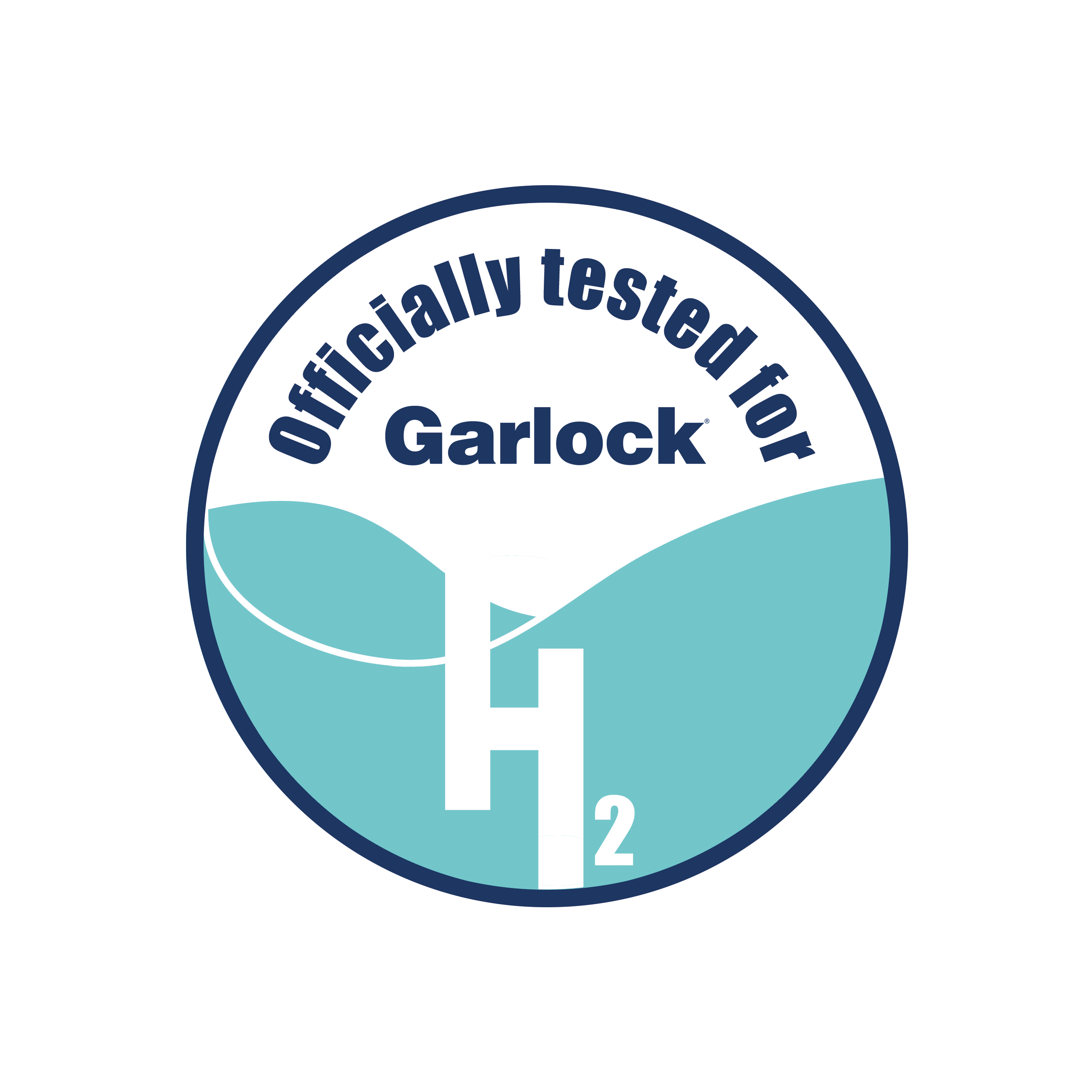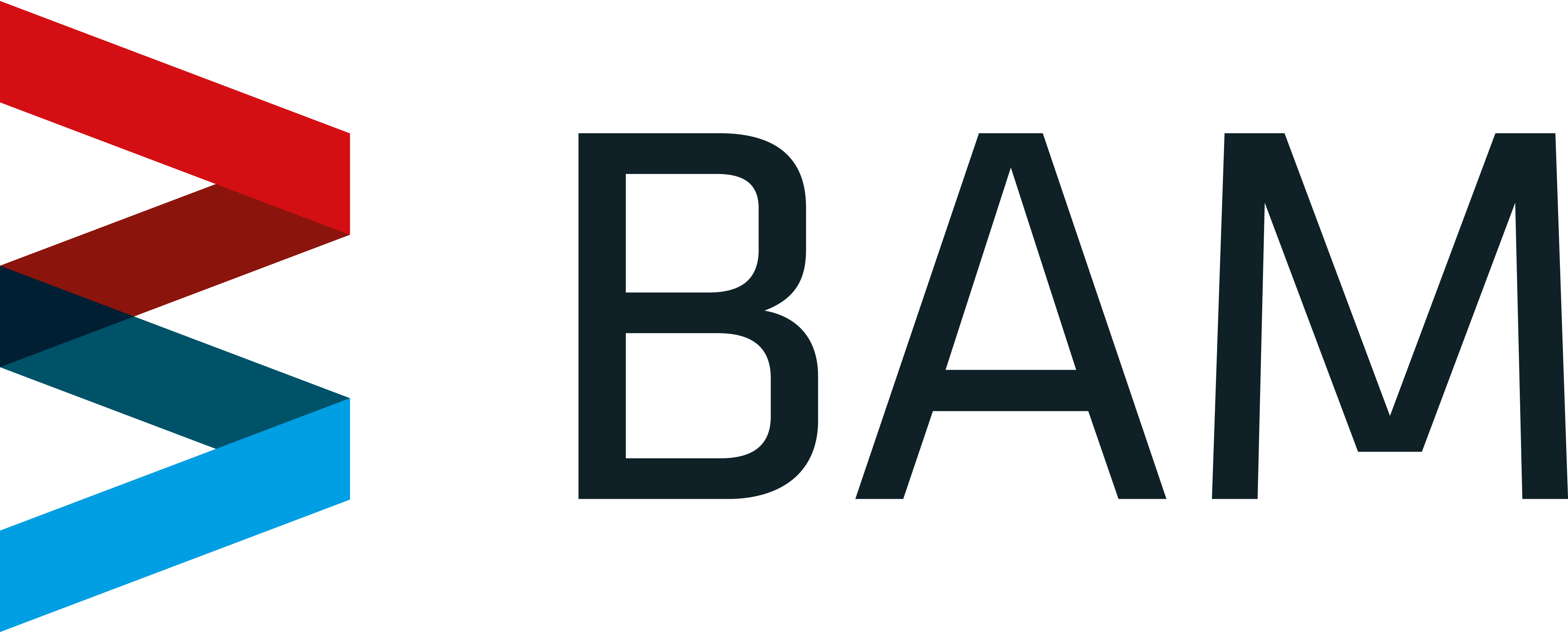Blog
For the energy transition with hydrogen: GYLON and GYLON EPIX have been proven to seal hydrogen applications safely.
The German Federal Ministry of Education and Research (BMBF) has officially turned on the turbo for the H2 economy with the July 2023 update of its hydrogen strategy. The BMBF’s stated goal is market leadership in this emerging market. In practice, the task is to seal hydrogen applications in the various industries and economic sectors safely and in accordance with all regulations and guidelines.
In hydrogen applications, a distinction is made between “green hydrogen,” which is obtained from renewable energies or by electrolysis, and “grey hydrogen,” which is obtained by a fossil fuel process. Sealing materials must therefore meet the requirements of gaseous applications as well as cryogenic and mixed requirements.
As a general rule, third-generation GYLON® PTFE seals have been used in the H2 (hydrogen) range for decades and their technical tightness is beyond question, since the current sampling of the common EN 13555 sealing characteristics was carried out with the much smaller molecule helium.
Since the medium H2 is always within the scope of TA-Luft, gasket materials must be used that can provide mathematical proof of technical tightness in accordance with VDI2290 by means of calculation in accordance with EN 1591-1 for circular flange connections. This means that it is necessary to determine EN13555 characteristics of the gasket materials with regard to creep at temperature or the maximum tolerable surface pressure.
Since in Germany any material that comes into contact with reactive material that can create an explosive atmosphere must be tested by BAM before it is used in practice, GYLON® & GYLON EPIX® Style 3504 and Style 3510 have been tested accordingly at the Federal Institute for Materials Research and Testing (BAM) in Berlin with regard to their change. This testing is also given with liquid or gaseous oxygen.
The corresponding GYLON & GYLON EPIX gasket types were therefore tested as follows:
- Storage of more than one week under 150°C at 100 bar in hydrogen gas
- Storage of at least six days in liquid hydrogen at cryogenic conditions
- Then examination with regard to their hardness, tensile strength, elongation at break as well as density
- Comparison of the determined values after H2 storage with the previously determined values
The test report “Characterization of two polymeric materials before and after storage in hydrogen” by BAM showed very good test results and ideal properties of our GYLON® materials for sealing hydrogen applications. Even under gaseous H2, the values of the GYLON® styles are almost within the range of measurement uncertainties.
The results of testing of mechanical properties show that our modified 3rd generation PTFE materials are suitable to be used in cryogenic and in higher temperature H2 environment without damage.
But what about the achievable tightness classes?
For this purpose, tests of the achievable technical tightness in the cryogenic range after ageing at -196°C and in the gaseous range at ageing of up to 200°C were carried out at the company GAIST (a spin-off of Münster University of Applied Sciences) in the already known set-up for the component test according to VDI2290 (still to be adopted).
In summary, for GYLON® & GYLON EPIX® Style 3504 and Style 3510:
- Testing by the Federal Institute for Materials Research and Testing Berlin with excellent results after ageing in cryogenic (-253°C) and gaseous (+150°C) hydrogen (BAM file number 22048064_1: 01-2023).
- Changes are within the error tolerance of the sensors.
- Testing by GAIST (FH Münster spin-off) for technical tightness after temperature aging under gaseous hydrogen (at +200°C) and cryogenic aging (-160°C), also with segmented seals.
- In pure H2 environments, sealing classes of 1.8x 10E-06 to 4.7x 10E-07 [mg/(m*s)] are achieved.
All values were determined after assembly in a real flange with 30MPa surface pressure in each case. The values measured after aging in a cryogenic environment at -196°C are also well below the leakage limit required by TA-Luft. The best value from this comparison was achieved by the GYLON EPIX®, which has a patented surface texture and performed two orders of magnitude (i.e. 10×10=100 times) better here. Good sealing classes can be achieved not only with gaskets that have been manufactured from one piece. Excellent sealing classes can also be achieved with segmented seals under gaseous hydrogen environments. As expected, the residual surface pressures in the cryogenic range of the samples were higher than those in the gaseous range at +200°C. These were all rated as good.
Summary of the results
The results of the BAM Berlin (Federal Institute for Materials Research and Testing) prove that modified, calendered PTFE seals of the GYLON® and GYLON EPIX® product range show no or only slight changes in the mechanical characteristics under cryogenic and gaseous H2 environments. It could be proven that leakage tests under the medium H2 hydrogen under cryogenic conditions as well as under gaseous conditions always lead to an overfulfillment of the required tightness class of 1.0x10E-02 [mg/ (s*m)]. The “worst” results achieved, at 1.39x10E-05 [mg/(s*m)] in the cryogenic range, are already 1000 times better than required by TA-Luft and are also three orders of magnitude better in the gaseous state, and thus approx. 1000 times better than the limit value of TA-Luft. Another important finding of the tests was that the results of testing with helium can be used to evaluate the technical tightness of a sealing material made of modified calendered PTFE with regard to compliance with the TA-Luft.




Falkenweg 1
41468 Neuss
Germany
+49 2131 349-0
garlockgmbh @ garlock.com
© 2024 Garlock GmbH, Germany
Garlock Global Website
www.garlock.com
Career Site Europe
https://www.garlock-karriere.de/en
